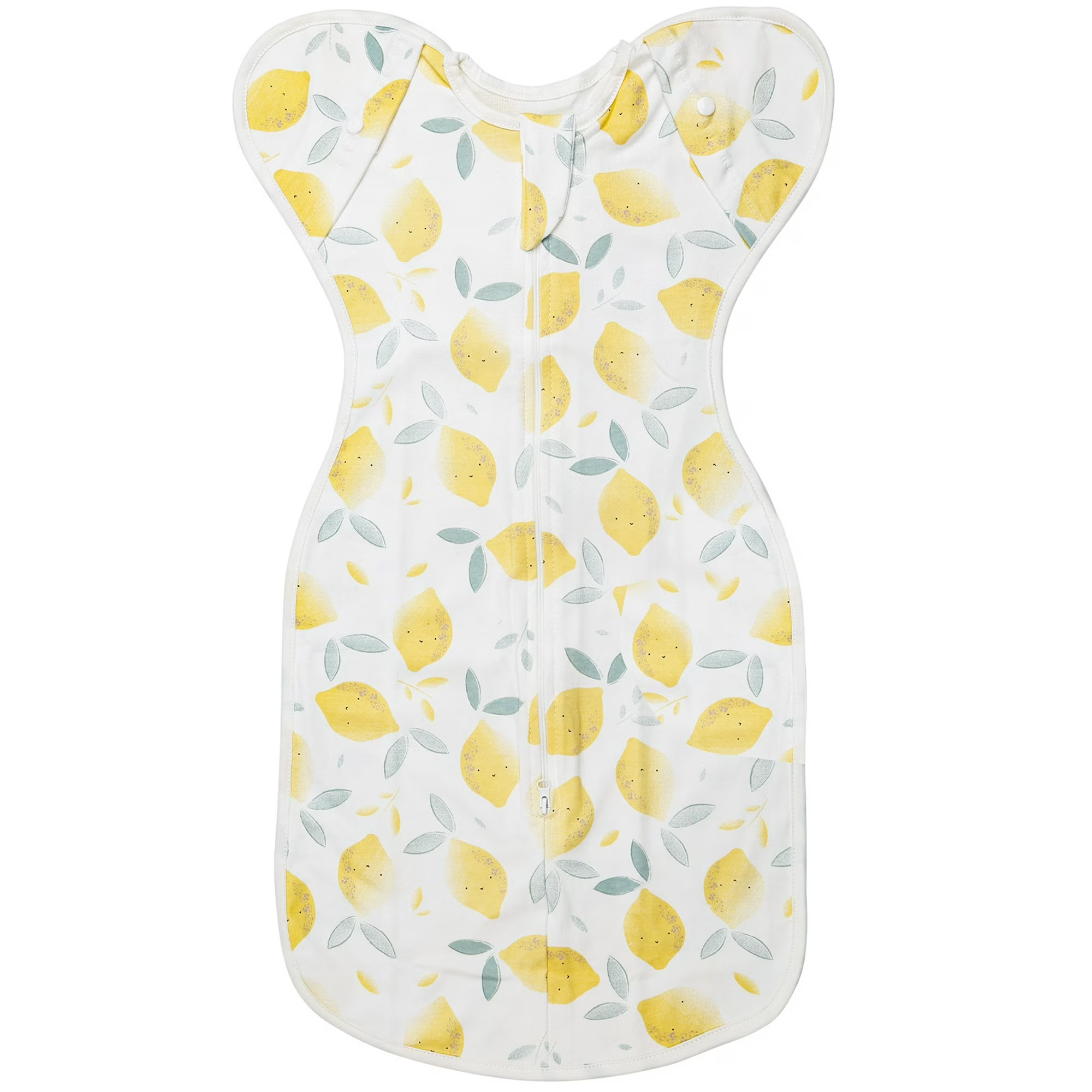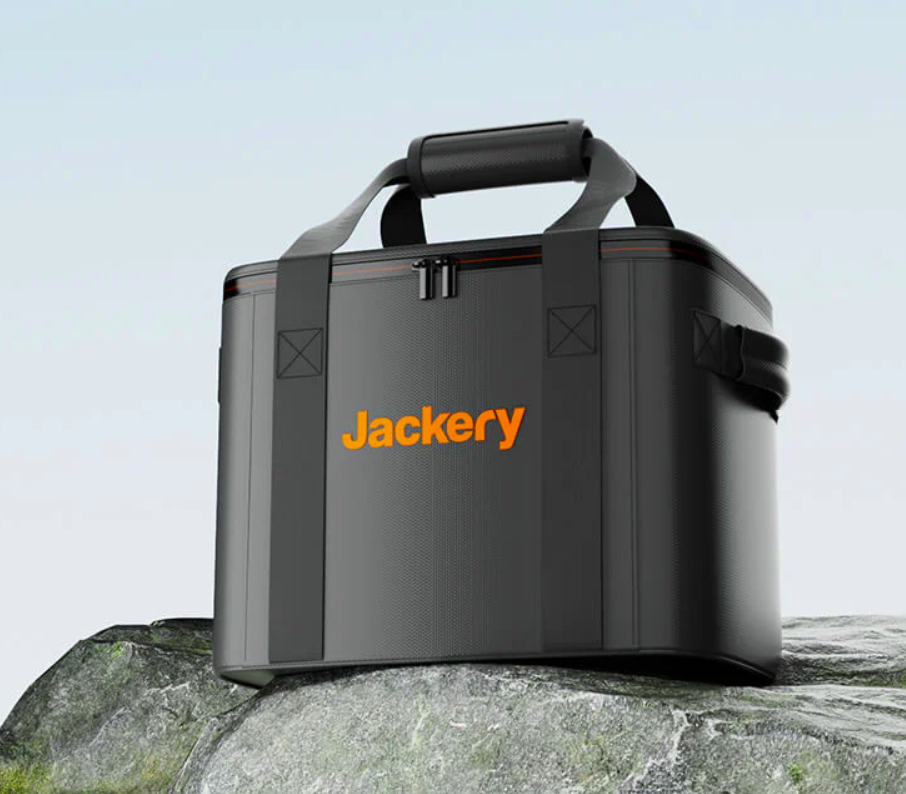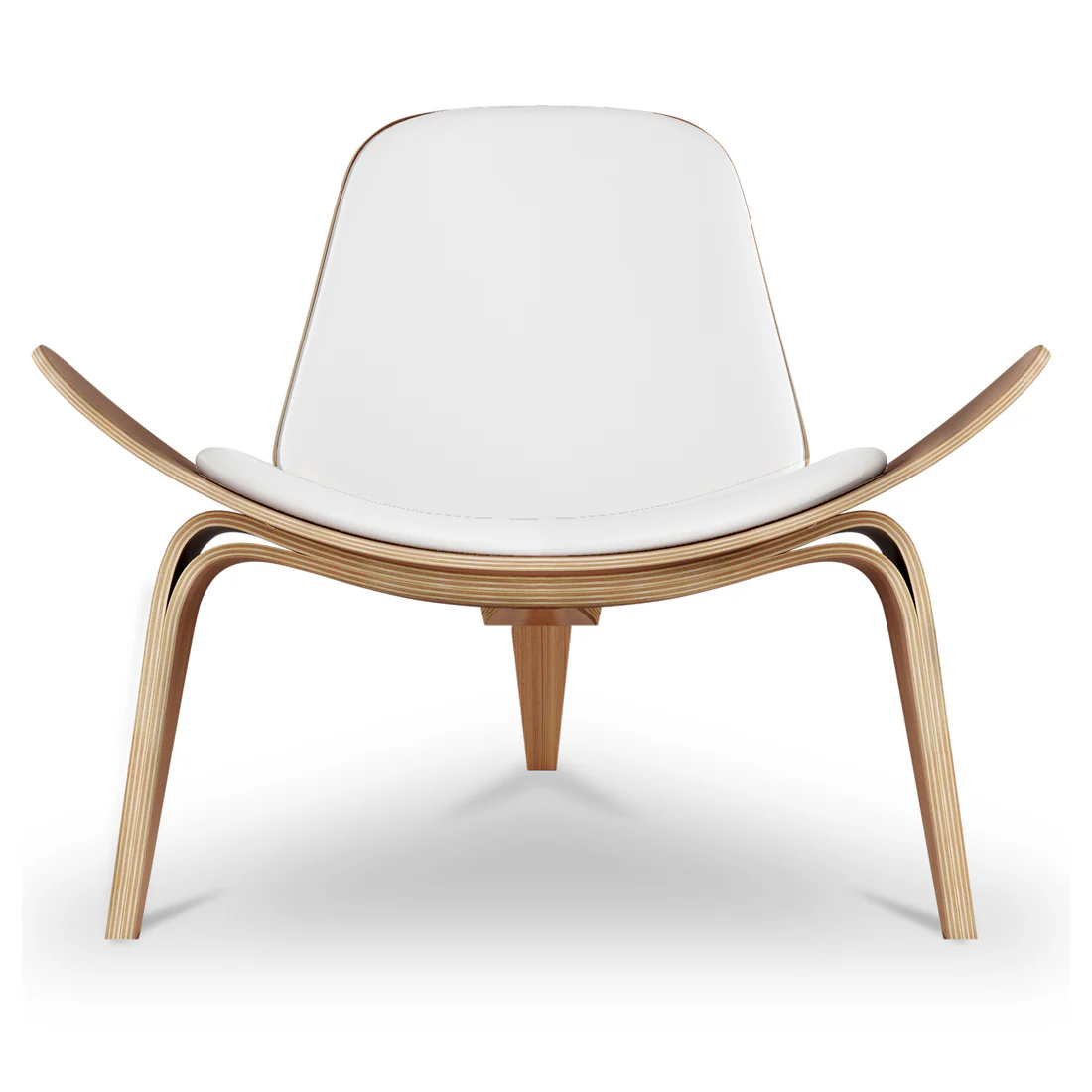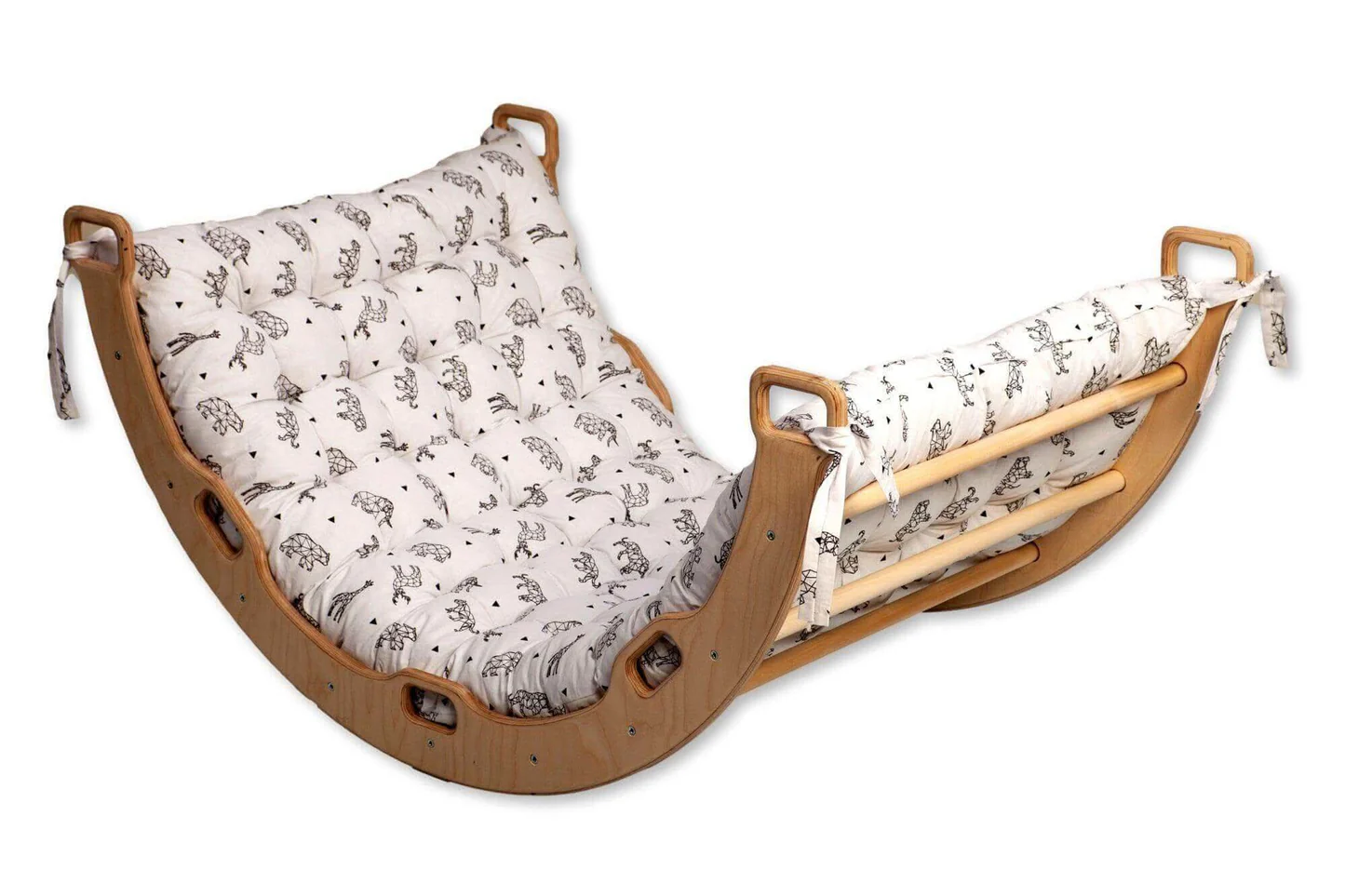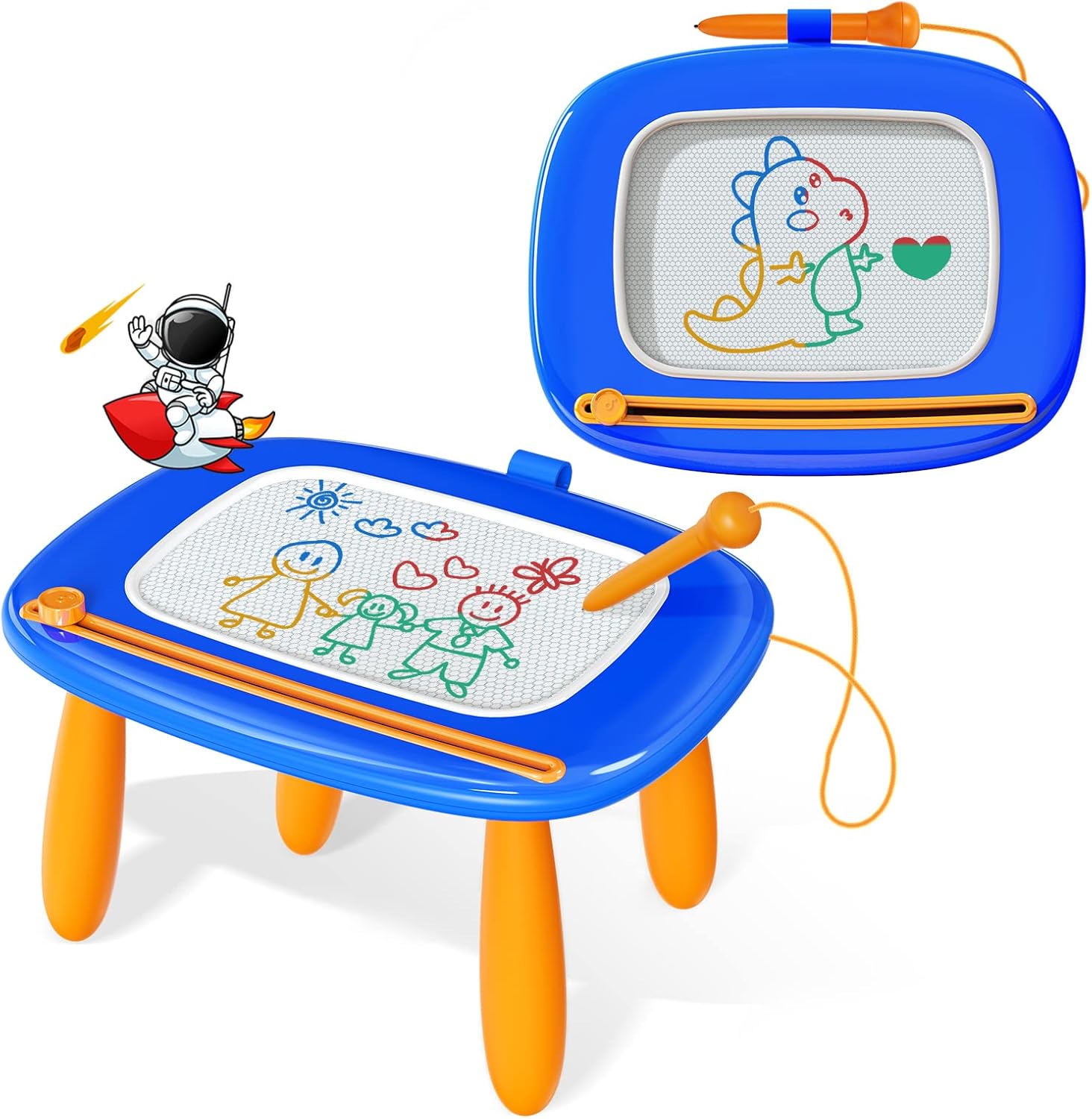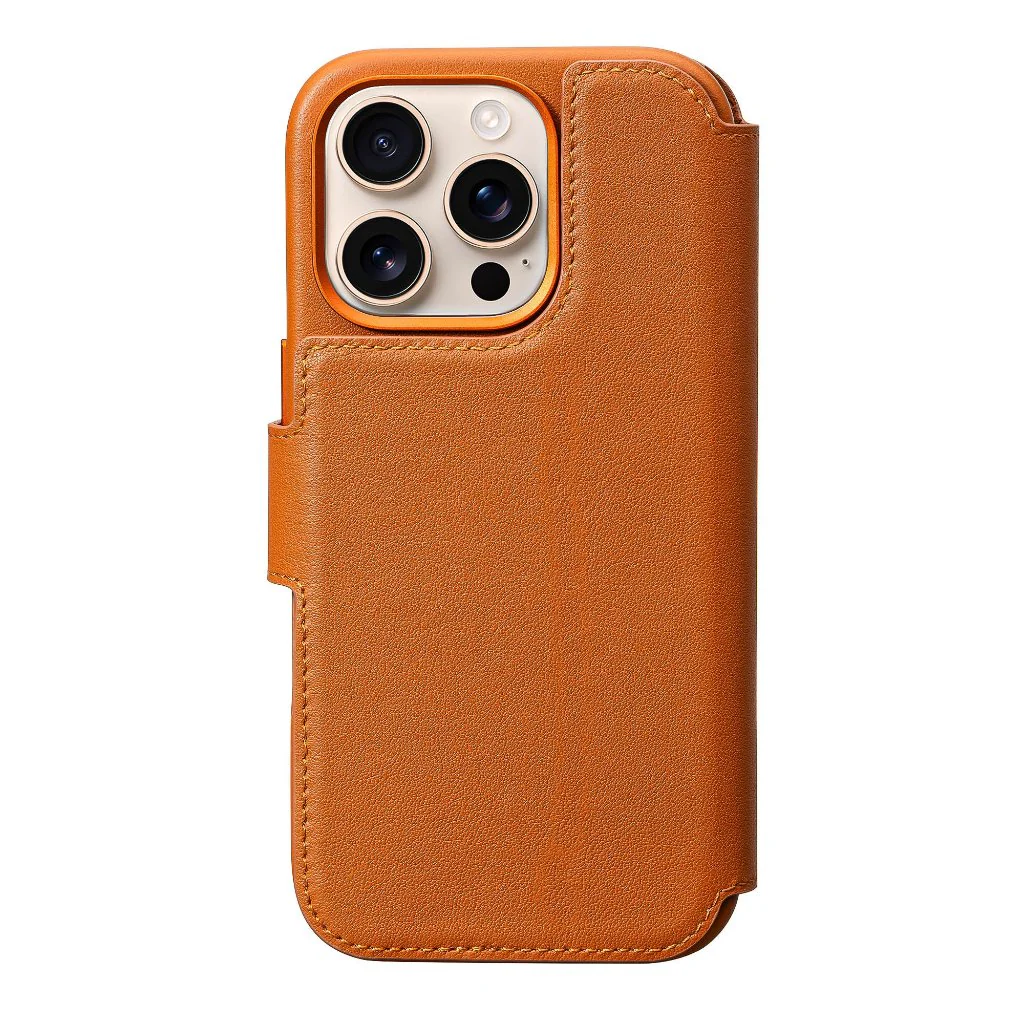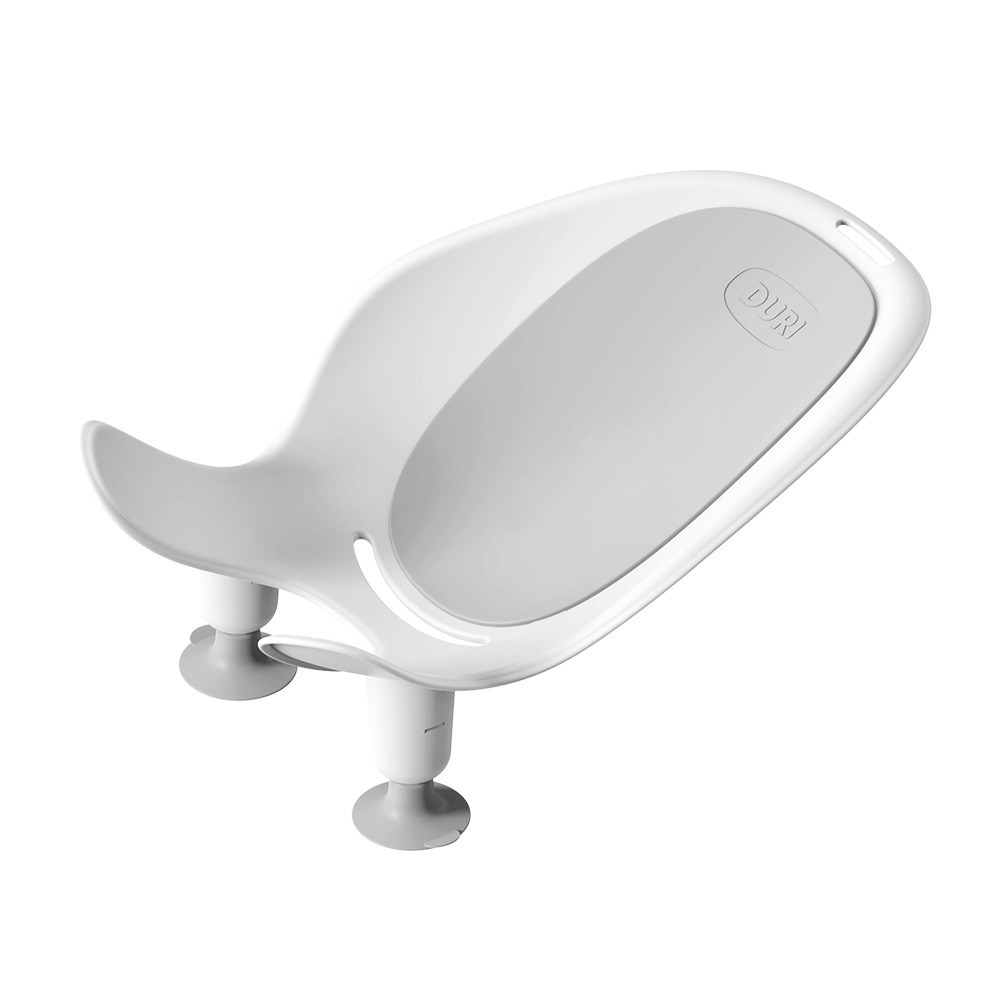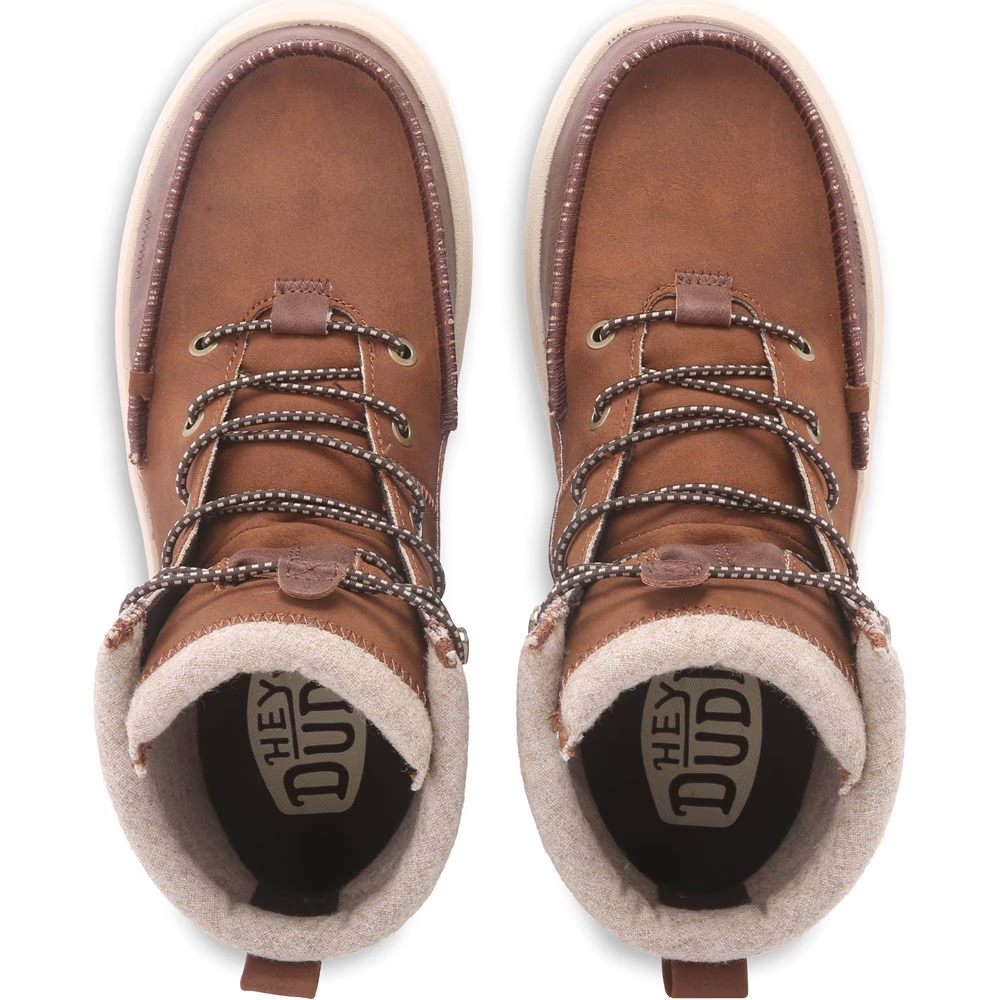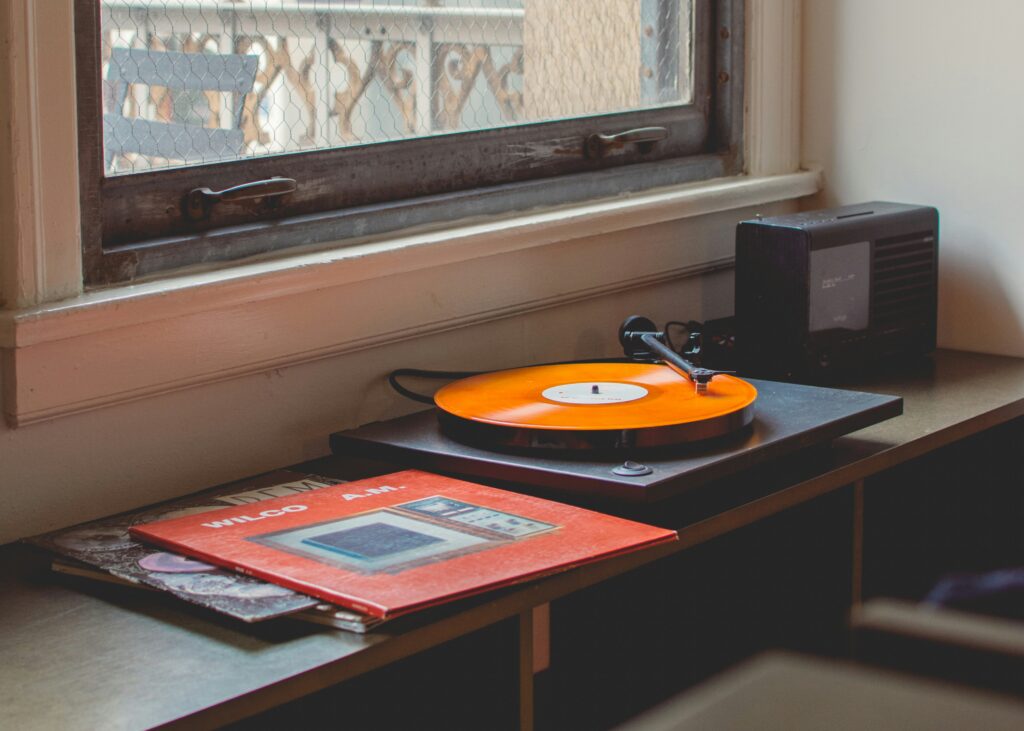The first weeks home are beautiful—and noisy. Babies are adjusting to a big, bright world; you’re learning their rhythms in real time. A great swaddle can cut through the chaos by recreating that snug, womb-like feel and taming the startle reflex that wakes them between sleep cycles. The ANYEDDE Baby Swaddle Sleep Sack (0–3 Months) is built for that exact job, with an arms-up design to soothe self-startlers, a two-way zipper for painless diaper changes, and soft, newborn-friendly fabric your laundry routine won’t hate.
In this guide you’ll learn how to use the ANYEDDE Baby Swaddle Sleep Sack (0–3 Months) safely (A-B-C of safe sleep), how to choose layers by room temperature, a simple five-step bedtime routine, and what to do when baby starts to roll. You’ll also get practical washing and stain tips, plus troubleshooting for the “almost sleeping” nights every parent faces.
Shop the 0–3 Months ANYEDDE Sleep Sack
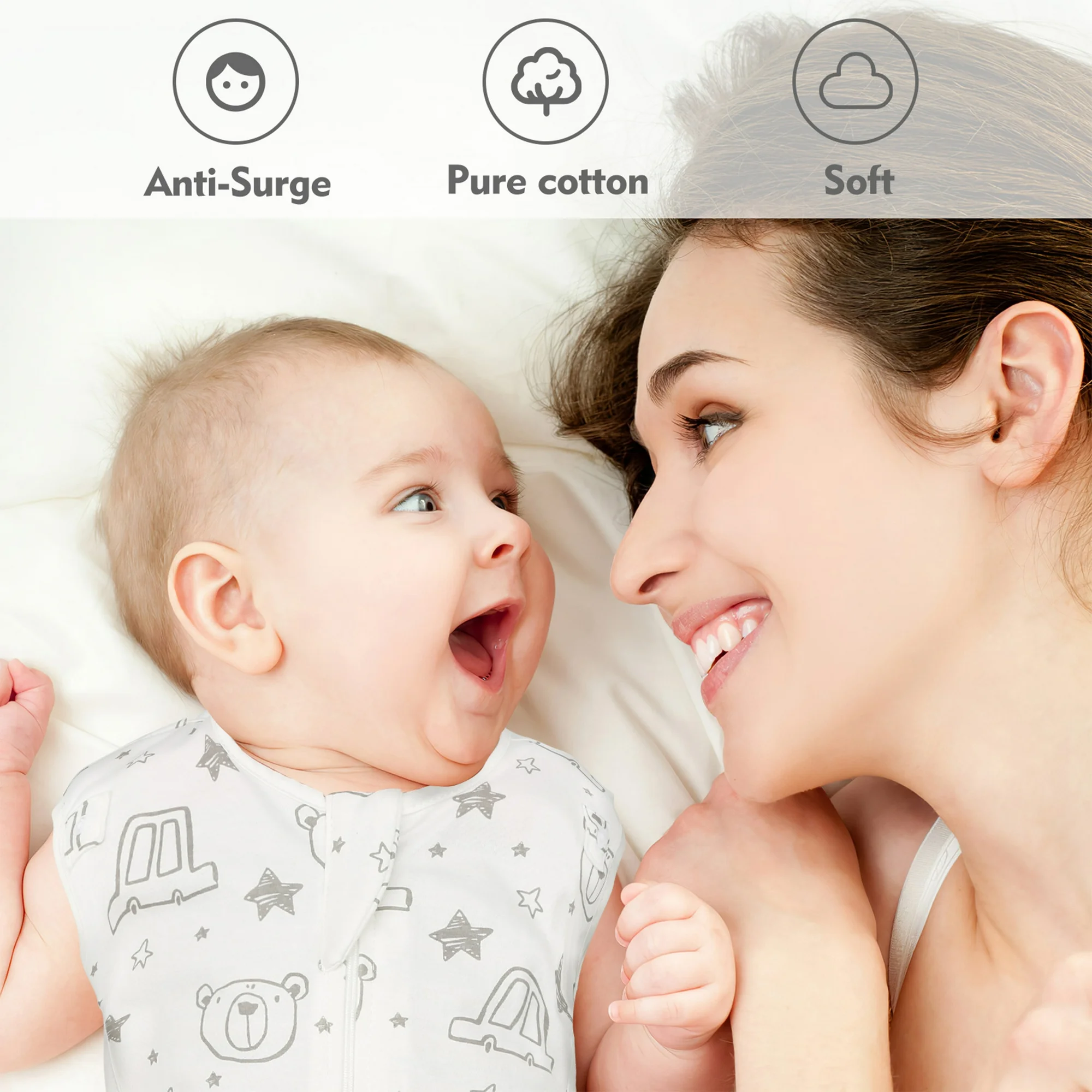
Why This Swaddle Works
Arms-up, not pin-straight. Many newborns settle best with hands near the face. The ANYEDDE Baby Swaddle Sleep Sack (0–3 Months) supports that natural position while applying gentle compression around the torso and belly.
Two-way zipper. Midnight diaper changes without the full un-wrap are everything. Unzip from the bottom, swap the diaper, zip back up—minimal stimulation, faster back-to-sleep.
Newborn-friendly fabric. Soft, breathable, and easy-wash. The goal: an item you’ll reach for multiple times a day that still looks and feels great after loads of laundry.
Transition-minded. As baby matures, you’ll shift toward arms-out sleep. Because this design calms without hard wrapping, many little ones transition more smoothly.
Safe Sleep, Always: The A-B-C You’ll Memorize
- A is for Alone: Baby sleeps in their own sleep space—crib, bassinet, or play yard—without pillows, blankets, toys, or bumpers.
- B is for Back: Until baby is consistently rolling both ways, always place them on their back to sleep.
- C is for Crib: Use a firm, flat mattress with a fitted sheet. Keep the sleep area cool and free of loose fabric.
A swaddle is a tool, not a magic trick. Use it to reduce startle reflex and support calm—but keep the environment simple and safe.
Sizing & Fit: Getting the Snug Just Right
The ANYEDDE Baby Swaddle Sleep Sack (0–3 Months) is designed for newborns up to the first quarter. Here’s your check:
- Neckline: Lies flat below the chin—no gaping that could climb toward the face.
- Arm position: Hands rest near face/chin within the arms-up silhouette. No red marks at the shoulders or armpits.
- Torso fit: Gently snug like a T-shirt hug; you should slip two fingers between fabric and chest.
- Hip health: Legs should bend, splay, and kick freely. Hips must not be restricted; a good swaddle never binds the lower body.
If baby seems compressed or the zipper strains, move to a larger size or switch to a roomier sleep sack as you transition arms-out.
Shop the 0–3 Months ANYEDDE Sleep Sack
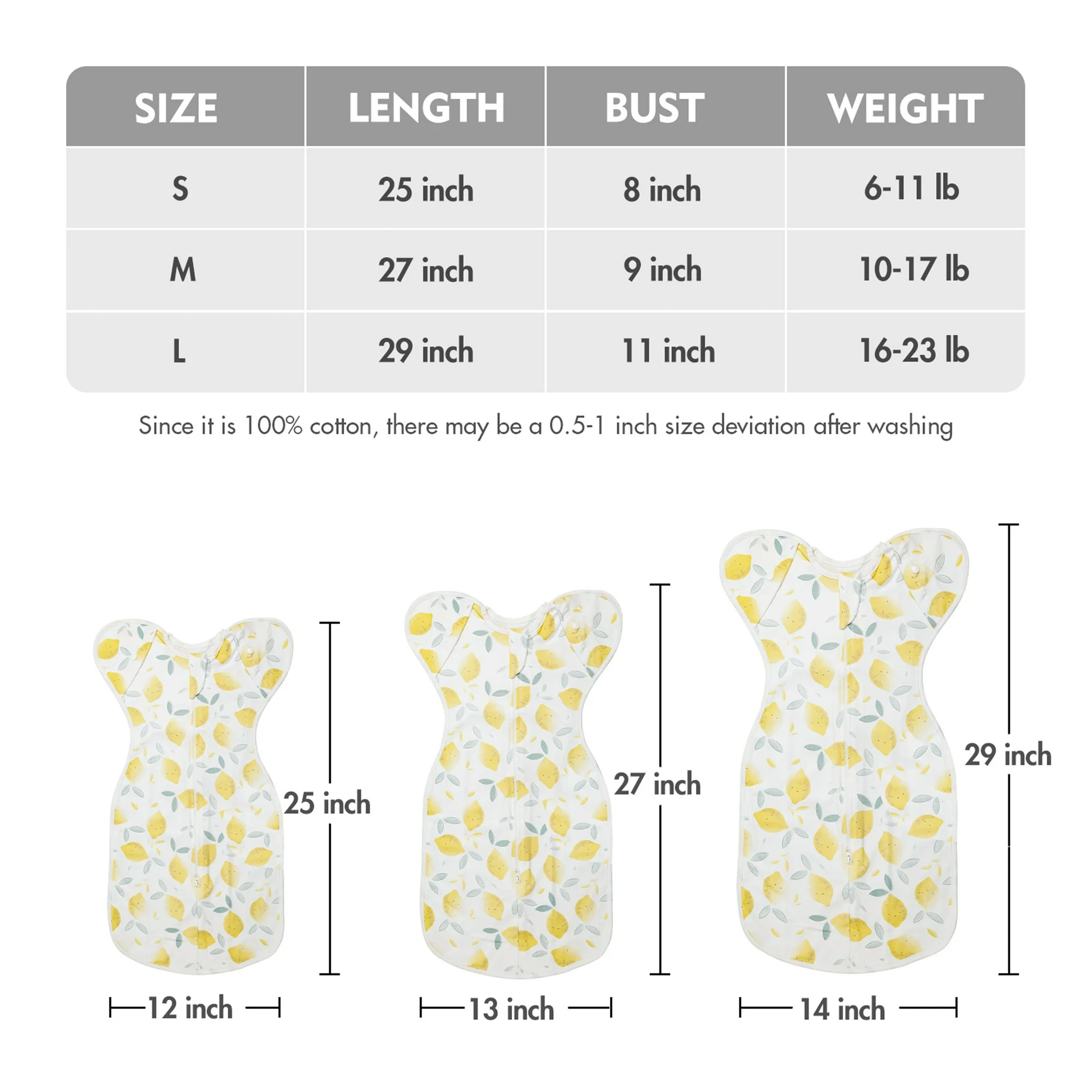
Layering & Room Temperature: The Quick TOG Logic
Most parents over-bundle at first. A good rule: dress baby for the room, not the weather outside. For a typical nursery (68–72°F / 20–22°C):
- Warm night: Short-sleeve bodysuit under the swaddle.
- Average night: Long-sleeve cotton onesie or footed sleeper under the swaddle.
- Cooler night: Lightweight footed sleeper + swaddle; if hands feel cool but torso is warm, you’re still okay.
Check baby’s chest/neck for warmth and dryness; cold hands alone don’t mean baby is cold. Overheating signs include sweaty neck/hairline and flushed cheeks—remove a layer if that happens.
The Five-Step Bedtime Routine (10–15 Minutes)
Newborns love predictable rhythms. Try this compact flow:
- Dim the lights + white noise on. Signal “night mode.”
- Fresh diaper + into the swaddle. Zip bottom-up for speed and warmth retention.
- Feed & burp. Keep lights low to avoid a full wake-up.
- Micro-wind-down. 1–2 minutes: gentle sway, soft hum, then place baby down drowsy but awake.
- Back to sleep. Lay on back in a safe sleep space, check zipper and neckline, and step out.
Consistency builds the association: swaddle → feed → settle → sleep.
Daytime Naps vs. Night Sleep
Use the ANYEDDE Baby Swaddle Sleep Sack (0–3 Months) for both, but expect naps to be shorter (~45–60 minutes) as baby cycles through REM stages. For day sleep, keep some ambient light and normal household noise—differentiation helps teach “day vs. night.”
Diaper Changes Without the Drama
The two-way zipper is your best friend. Slide it up from the bottom, swap the diaper, and zip down—all while keeping the chest snug. Use warm wipes or briefly rub the wipe package between your hands to avoid cold-shock wakeups.
Gas, Startle, and Other Night Gremlins
- Moro (startle) reflex: The arms-up containment helps, but if baby still flings awake, try a gentle hands-to-heart hold for 15–30 seconds after you lay them down.
- Gas bubbles: Pre-bed belly circles and a second burp after the feed often do the trick.
- Overtiredness: Watch early sleep cues (red eyebrows, glazed eyes, slow blinks). Starting the routine 10 minutes earlier can be the whole fix.
Shop the 0–3 Months ANYEDDE Sleep Sack
When to Stop Swaddling (and How to Transition)
The universal sign: first attempts to roll (tummy-time flips outside the crib count). Once you see effortful side-to-back or back-to-side moves, transition to arms-out sleeping for safety.
A gentle wean:
- Arms-free naps first: Free one arm during daytime naps for 2–3 days.
- Then nights: Free one arm at night for 2–3 nights.
- Both arms out: Switch to a standard sleep sack with free arms.
Expect a couple of messier nights; it’s temporary and normal.
Laundry, Stains & Fabric Care
- Pre-treat: For spit-up/milk, rinse in cool water ASAP. Dab with a mild, baby-safe stain remover.
- Wash: Cold or warm on gentle. Close the zipper to protect teeth and prevent snags in the drum.
- Dry: Low heat or line dry. High heat shortens fabric life and can warp zippers.
- Backup plan: Have two swaddles in rotation. You’ll thank yourself at 2 a.m.
Travel & On-the-Go Naps
Pack the ANYEDDE Baby Swaddle Sleep Sack (0–3 Months) in your diaper bag. For stroller/car-seat naps, follow manufacturer safety guidance: babies must be harnessed per instructions, without extra fabric interfering. Save full swaddling for the crib/bassinet; for the car seat, use the vehicle-approved blankets or covers that don’t go under the harness.
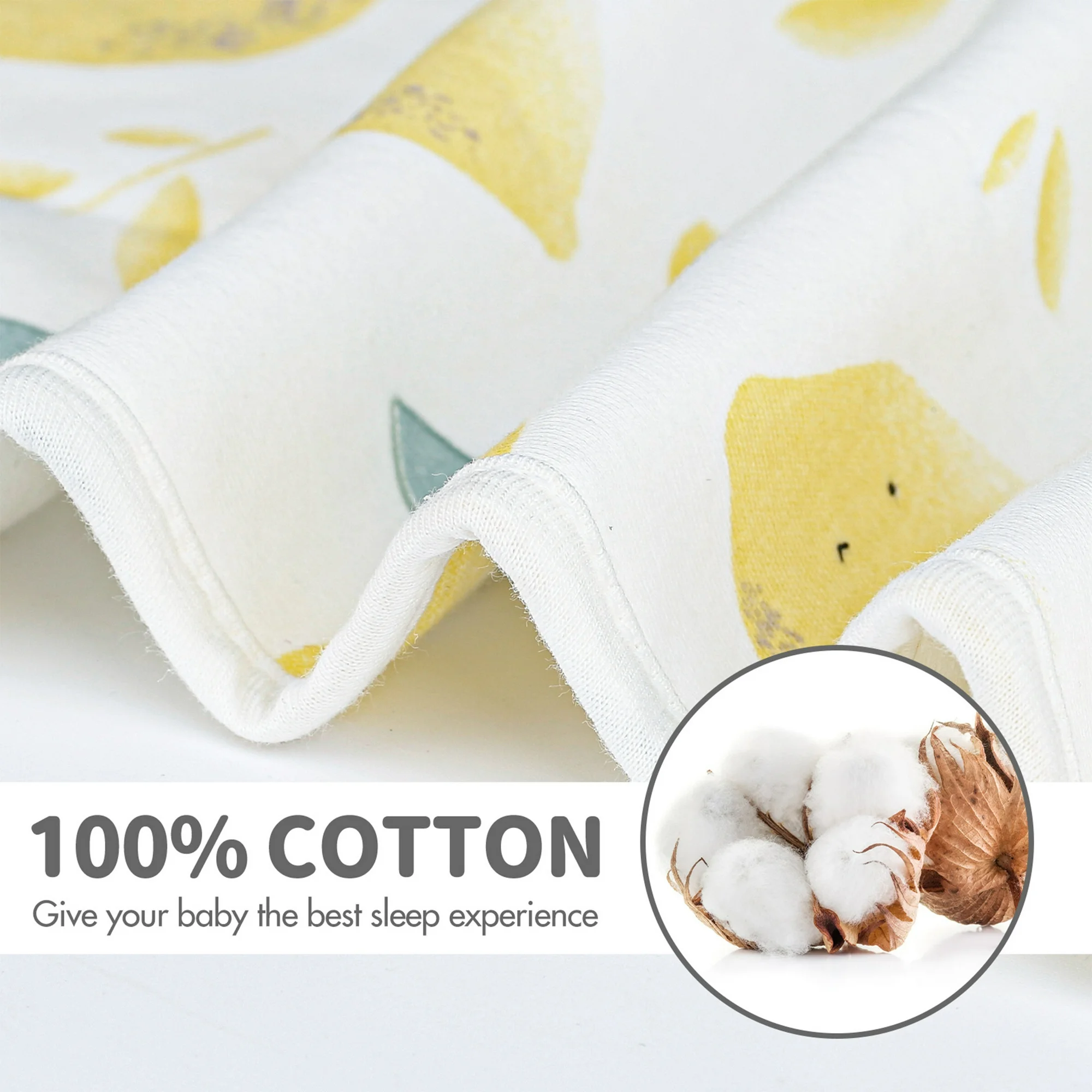
Quick Troubleshooting (Hybrid: Bullets + Guidance)
- Baby breaks out? Zip fully, check size, and confirm torso snugness. If legs are kicking fabric up, re-dress in a footed sleeper for gentle friction.
- Baby hates swaddle at first? Do a short “warm-up” swaddle during a calm daytime nap; many babies accept it better at night after that practice rep.
- Sweaty neck? Drop one clothing layer and keep the nursery closer to 68–70°F.
- Startles on crib transfer? Hold baby’s hands near heart for 10 seconds after you lay them down; release slowly.
A Simple Newborn Night Kit (So You’re Not Wandering the House)
- The ANYEDDE Baby Swaddle Sleep Sack (0–3 Months) (clean + backup)
- 6–8 diapers, warm wipes, diaper cream
- Burp cloths + receiving blanket
- Low-light night lamp + white noise
- Water + snack for you (seriously)
Put it all in a small caddy by the crib or bassinet. Nighttime you will high-five daytime you.
Conclusion
Newborn sleep isn’t perfect—but it gets easier when you create predictable cues and keep the environment safe and simple. The ANYEDDE Baby Swaddle Sleep Sack (0–3 Months) makes that easier with arms-up soothing, a bottom-up zipper for quick changes, and soft, easy-care fabric built for daily life. Dress for the room, follow the A-B-C of safe sleep, build a short bedtime routine, and transition to arms-out as soon as rolling enters the chat. With a little practice (and a backup clean swaddle), you’ll spend less time wrestling blankets and more time enjoying the sweet, sleepy moments you came here for.
Shop the 0–3 Months ANYEDDE Sleep Sack
FAQ
- Is the ANYEDDE Baby Swaddle Sleep Sack (0–3 Months) safe for overnight sleep?
Yes—when used correctly in a safe sleep space (firm, flat surface; baby on their back; no loose bedding or toys). Stop swaddling once baby shows signs of rolling. - How tight should the swaddle be?
Snug around the chest (two-finger rule) with free movement at hips and knees. The neckline should sit below the chin. - What should baby wear under the swaddle?
Dress for room temperature: short-sleeve onesie for warmer nights; long-sleeve or footed sleeper for cooler ones. Avoid overheating. - Can I use it for daytime naps as well?
Absolutely. Keep some light/noise in the room for daytime so baby learns the difference between naps and nighttime. - How do I change diapers without waking baby?
Use the two-way zipper: unzip from the bottom, change, and zip back up—minimal disturbance. - What’s the sign to stop swaddling?
First attempts to roll. Transition to arms-out sleeping immediately for safety. - How many swaddles do I need?
Two to three is ideal—one in use, one in the wash, one clean and ready for surprises. - My baby fights the swaddle—should I give up?
Not necessarily. Try a short daytime “practice” swaddle, start bedtime 10 minutes earlier, and use hands-to-heart settling after transfer. - Will swaddling affect hip development?
Used properly, no. Ensure legs can bend and splay freely; never bind the hips or wrap the lower body tightly. - How do I wash and dry it?
Close the zipper, wash on gentle in cold/warm water, and line dry or tumble low. Pre-treat stains promptly to keep fabric fresh.

